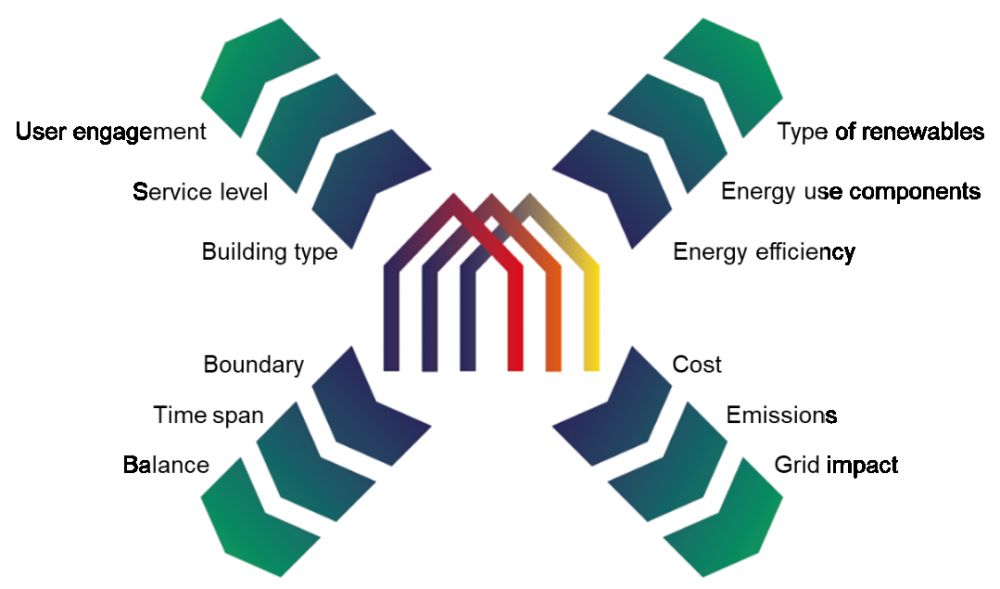Defining a Positive Energy Building for EXCESS
13 November 2019
As one of the first tasks in the EXCESS project, the consortium prepared a definition for what is meant by a Positive Energy Building (PEB) within its framework. Through several discussion rounds, partners concluded that the following would be an adequate explanation of the concept for the use of EXCESS:
EXCESS defines a positive energy building (PEB) as an energy efficient building that produces more energy than it uses via renewable sources, with high self-consumption rate and high energy flexibility, over a time span of one year.
A high quality indoor environment is an essential element in the PEB, maintaining the comfort and well-being of the building occupants. The PEB is also able to integrate future technologies like electric vehicles with the motivation to maximise onsite consumption and also share the surplus renewable energy.
- EXCESS considers mainly residential buildings, while looking at the role of the building in bigger context, especially through impact to the energy networks. In the assessment of the building, the energy needs for other than residential activities, e.g. commercial or public services are excluded, while the energy use for the shared spaces is included.
- The local generation includes the energy produced at the building site, with technologies placed in/on the building or building site and technologies incorporated within the building elements.
- The energy need components considered in EXCESS are heating, cooling and electricity. Heating includes both space and water heating. Electricity includes the lighting, plug loads, ventilation and the electricity needs for the shared spaces such as lighting in common zones and elevators.
- EXCESS uses the definition of renewable energy from European RES directive, which defines it as energy from renewable non-fossil sources, e.g. wind, solar, hydro, geo-thermal or biomass.
- High self-consumption rate contributes to minimising both the emissions and the negative impacts to the grid. The self-consumption rate can be increased e.g. by demand response and energy storage solutions.
- Indoor environment consists of thermal, visual and acoustic environment and indoor air quality.
- The life-cycle effects on costs and emissions should be considered in the planning and analysis of PEB.
The definition is supported by Key Performance Indicators on energy, economic, social and technology perspectives.
EXCESS partners’ view on the elements that should be included in the PEB definition by "Mia Ala-Juusela, VTT Finland"
All news
